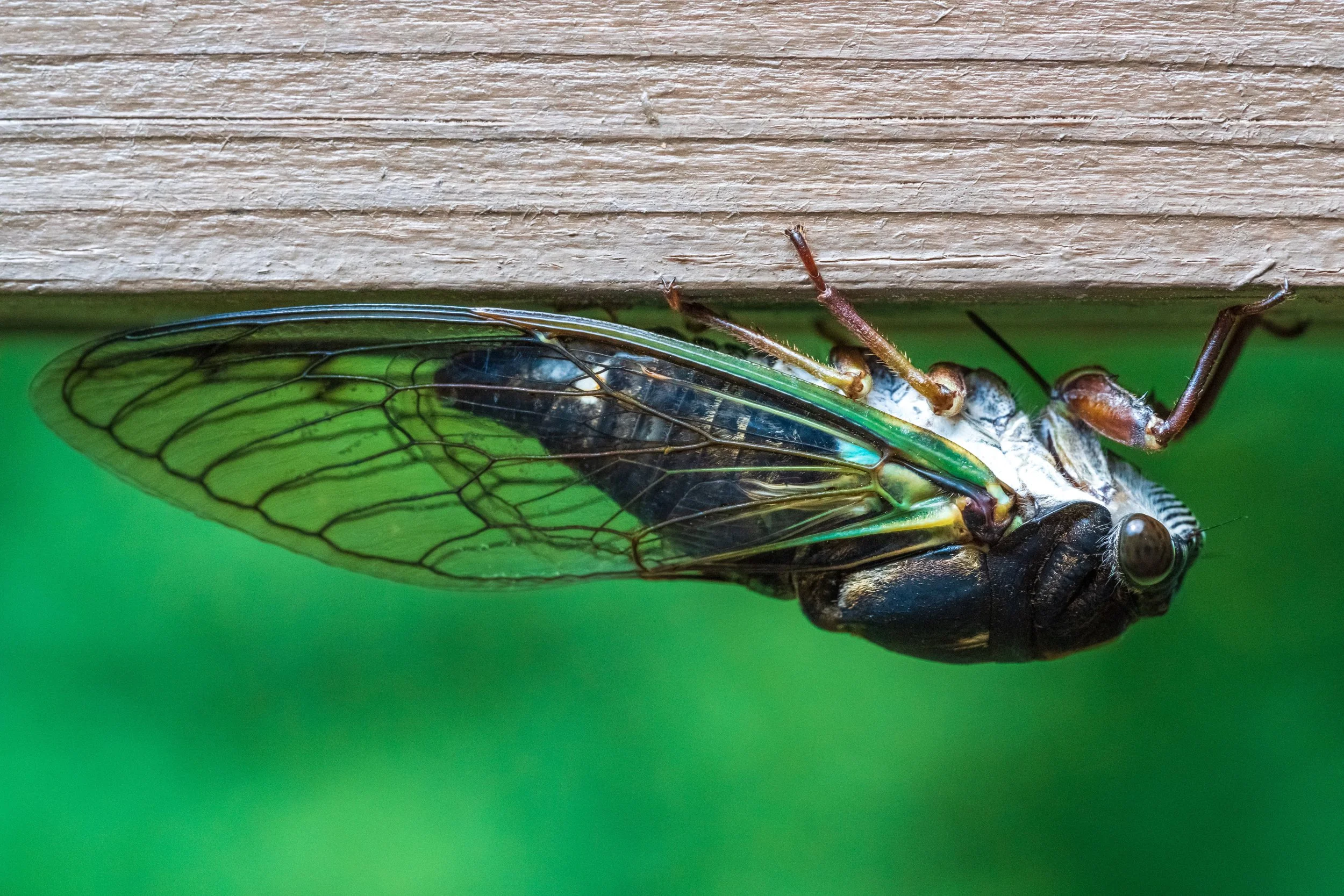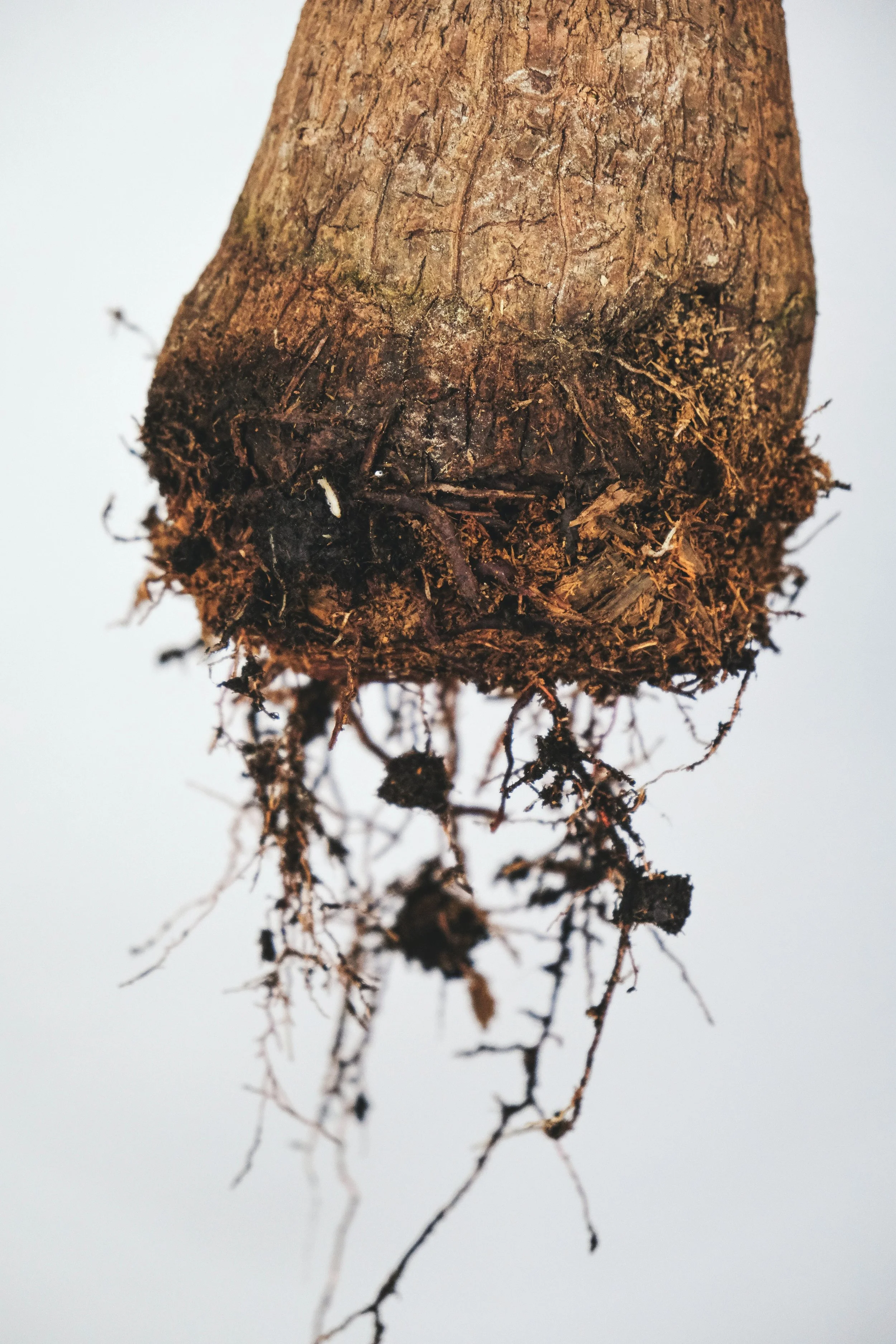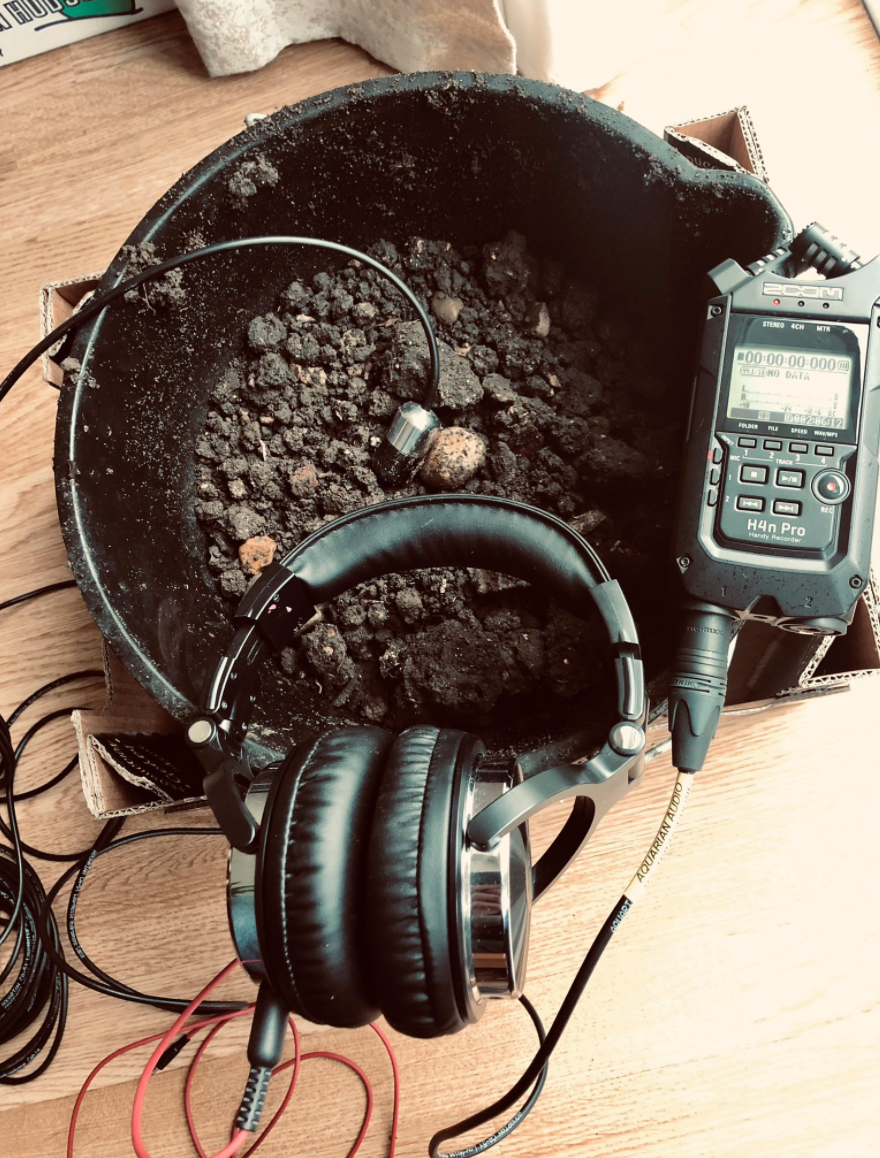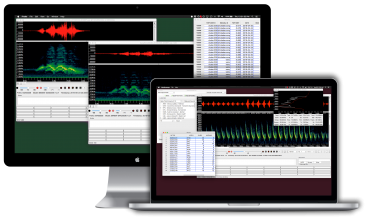Mother Earth sings. Can we learn from her song?
By Jake Robinson
“Trees are sanctuaries. Whoever knows how to speak to them, whoever knows how to listen to them, can learn the truth. They do not preach learning and precepts, they preach undeterred by particulars, the ancient law of life.”
An excerpt from “Wanderings” by Hermann Hesse (1877–1962)
Most of my research focuses on restoring and designing ecosystems to enhance biodiversity and human health—with microbiota (the microscopic organisms in a given environment) playing a central role. However, in another life, I was, and still am, a consultant ecologist. I began this journey back in 2011 when I secured my first role as a seasonal ecologist. Since then, I have spent considerable time working on remote sensing, molecular ecology, and ecoacoustics applications to survey and monitor elusive species. These methods include detecting animal DNA and sounds. They have the benefit of being minimally-intrusive, e.g., you can simply take a quick pond sample to sequence the DNA left behind by amphibian skin cells or leave a tiny unit (about the size of a credit card) hanging on a tree to record the ultrasonic sounds of bats as they swoop around and mop up thousands of insect prey each night. The latter application—investigating natural sounds and their relationships with the environment—has recently evolved into an interdisciplinary science called ecoacoustics or sometimes acoustic ecology.
Most organisms make sounds of some variety. Many bats, cetaceans (porpoises, dolphins, whales) and some shrews can explore their environments three-dimensionally by using a superpower called echolocation—a form of biological sonar. They can emit pulses of high-frequency sounds, which allows them to move around in pitch darkness to navigate, forage, identify friends and enemies, and avoid obstacles. These sounds are often emitted at frequencies too high for humans to hear (also known as ultrasonic). Whereas many birds vocalise to communicate through songs and calls. Typically, songs are long and complex, whereas calls are short and simple. Birds sing from their syrinx. This is like a double voice box at the base of their windpipe. Most of the time, bird songs and calls are within the audible range for humans. Bird acoustic researchers such as Carlos Abrahams and Ollie Metcalf (UK) regularly use ecoacoustic devices to survey avian populations. Ecoacoustics can help us learn a great deal about bird behaviour and help us protect their habitat.
Moving onto other winged creatures—sometimes it’s impossible to escape the wonderful buzzing sounds that insects make as they rub their wings and legs together and contract and vibrate their rib muscles.
Cicadas oscillate a pair of superfast ‘tymbal’ muscles in their abdominal cavity to create loud vibrations
But animals—and even plants—also make sounds simply by moving through their environment or expanding or breaking their body’s cells. Back in 2012, the inspiring plant scientist Dr Monica Gagliano said, “the ability to use sound is not a prerogative of animals”. She hypothesised that “it would be particularly advantageous for plants to learn about the surrounding environment using sound, as acoustic signals propagate rapidly and with minimal energetic or fitness costs”. Plants can respond to sound waves or vibrations in their environment. A whopping 20,000 known plant species use ‘buzz pollination’. This is where the pollen is released from flowers only when they are vibrated at the correct sound frequency i.e., bees have coevolved with plants to vibrate their flight muscles at appropriate frequencies. Plants also can detect acoustic vibrations that, in turn, change their behaviour and emit sounds that indicate stress.
Plant roots make sounds
Ecoacoustics researchers such as Leah Barclay and Simon Linke (Australia), Camille Desjonquères and Jack Greenhalgh (UK) are now exploring the vibes of the underwater world as fish, invertebrates and other creatures emit their own sounds, detectable using hydrophones (submersible microphones). Even the air bubbles released from the benthos after decomposition create their own acoustic signals.
Moving into the soil. In this subterranean habitat live a plethora of micro (invisible), meso (tiny) and macro (relatively large) organisms, all creating vibrations as their cells divide and as they navigate through the soil to commute, hunt, and mate. These creatures include microbes, worms, beetles and other critters that form a wonderfully diverse community—the sheer number of underground denizens is staggering.
Earthworms make sounds through motion and friction with soil particles and can also detect vibrations. ‘Worm charming’ has been practised by humans for many years. This involves driving a wooden stake into the ground and rubbing the top with a piece of metal to create a grunting vibration. When the worms detect this, they rise to the surface. Gulls do something similar by stomping on the ground to catch an easy meal. Charles Darwin was familiar with the technique, remarking: “it is often said that if the ground is beaten or otherwise made to tremble, worms will believe that they are pursued by a mole and leave their burrows.”
Gulls practise ‘worm charming’
Beetle larvae also make sounds in the soil as they move around and eat, but they also make sounds as they stridulate i.e., rub their body parts together to communicate. The wonderful thing about stridulation is that it appears to be species-specific, much like the vocalisations of bats and birds. Ants also produce vibrations in underground nests, particularly when in trouble, and a fleet of rescue ants can hear these sounds and rush to protect their relatives from harm.
Eavesdropping on this subterranean cacophony is now providing researchers with an important, inexpensive and non-invasive way of understanding who lives in the soil community. A couple of years ago, I thought, “well, if we can detect who lives in the soil using ecoacoustic methods, can we also use it to monitor ecosystem restoration?”.
Ecosystem restoration is the act of assisting the repair of ecosystems that have been degraded or destroyed and most often by human activities. Restoring soils is vitally important to the rest of the ecosystem—many of the organisms and processes that occur in the soil are foundational to all life. So, I contacted one of the leading ecoacoustics specialists in the UK, Carlos Abrahams (who studies the acoustics of birds and freshwater ecosystems). I worked with Carlos for several years before embarking on my PhD journey. I received ecoacoustics training from him and others at Baker Consultants to survey and monitor bats and cetacean populations in a conservation biology context. I’ve since used ecoacoustic methods to monitor birds, but monitoring soil life is a new rabbit hole! Carlos was interested in this idea of using ecoacoustics to monitor soil life following the restoration of a forest ecosystem, so we started a research project. We’ll also be collaborating with Dr Martin Breed—he’s a restoration scientist and will bring another important dimension of knowledge to the table.
Listening to soil biodiversity
We got to work. We identified a study site in South Yorkshire in the UK where a large forest is currently being restored. The site comprises the same habitat with several age classifications—also known as a restoration chronosequence. This means there are blocks of woodland that are 0-10 years of age, some of 11-30 years, 31-50 years etc. This was perfect because we could use these different age classes to monitor soil biodiversity and its response to restoration across time. So far, we’ve done some pilot work to test various sensors and recording devices in soil. The next step is to optimise the sampling protocol. We’ve also applied for funding to conduct a full study later in the spring/summer when more soil critters are active. We then plan to analyse the sound recordings using special software to generate Acoustic Indices. This will allow us to quantitatively characterise the sound within each soil sample. The ecoacoustics sampling data will be ‘ground-truthed’ using cutting edge metagenomics techniques (this is the analysis of environmental DNA for an entire community i.e., the study of genetic material and their taxonomic and functional diversity recovered directly from environmental samples). This will provide evidence of the effects of forest restoration on soil communities and ensure that the ecoacoustics sampling protocol is supported by rigorous confirmatory data.
Software (e.g., Wildlife Acoustics Kaleidoscope) to analyse ecoacoustic signals
Mother Earth sings. Can we learn from her song? Can we learn to understand the cacophony of nature’s vibrations to help repair our ecosystems?
Keep checking back for updates later in the year, and we’ll hopefully share some of our results of the wonderful acoustic interactions in the ground beneath our feet!
To learn more about the invisible critters in the soil and elsewhere, check out my forthcoming book called Invisible Friends—soon to be published by Pelagic Publishing.





